US life expectancy rose in 2022 but not to pre-pandemic levels
Life expectancy is slowly crawling back up


The Covid-19 pandemic landed a substantial blow to life expectancy in the U.S., and while life expectancy has been slowly increasing once again, it is yet to return to pre-pandemic levels. According to provisional data by the U.S. Centers for Disease Control and Prevention (CDC), life expectancy increased by 1.1 years to 77.5 in 2022 compared to 76.4 in 2021. "The good news is that life expectancy increased for the first time in two years," Elizabeth Arias, co-author of the paper, told NPR. "The not-so-good news is that the increase in life expectancy only accounted for less than 50% of the loss that was experienced between 2019 and 2021."
While Covid deaths have gone down, it is still the top cause of death in the U.S. "Holding everything else constant, we'd need to see another large decline in Covid mortality for life expectancy to increase," Arias told CNN. Along with fewer Covid deaths, there were also fewer deaths caused by cancer, heart disease, homicide and unintentional injuries, including drug overdoses. On the flip side, life expectancy would have been higher "had there not been a rise in deaths from pneumonia and the flu, malnutrition, kidney disease, birth defects and perinatal deaths," NBC News reported. Life expectancy varied between races with American Indians and Alaska Natives having the largest increases but still having the shortest expectancies.
While not listed in the top ten causes of death, the number of suicide deaths rose to its highest rate since 1941 with "increases pretty much across the board," Sally Curtin, who co-authored a separate report the CDC also released Wednesday, told PBS. Almost 50,000 lives were lost to suicide in 2022, with men four times more likely than women to die by suicide. However, the suicide rate increased twice as much for women in 2022, especially among white women and those between 25 and 34. The good news is that the suicide rate decreased among youth.
The Week
Escape your echo chamber. Get the facts behind the news, plus analysis from multiple perspectives.

Sign up for The Week's Free Newsletters
From our morning news briefing to a weekly Good News Newsletter, get the best of The Week delivered directly to your inbox.
From our morning news briefing to a weekly Good News Newsletter, get the best of The Week delivered directly to your inbox.
A free daily email with the biggest news stories of the day – and the best features from TheWeek.com
Devika Rao has worked as a staff writer at The Week since 2022, covering science, the environment, climate and business. She previously worked as a policy associate for a nonprofit organization advocating for environmental action from a business perspective.
-
 Heavenly spectacle in the wilds of Canada
Heavenly spectacle in the wilds of CanadaThe Week Recommends ‘Mind-bending’ outpost for spotting animals – and the northern lights
-
 Facial recognition: a revolution in policing
Facial recognition: a revolution in policingTalking Point All 43 police forces in England and Wales are set to be granted access, with those against calling for increasing safeguards on the technology
-
 Sudoku hard: December 14, 2025
Sudoku hard: December 14, 2025The daily hard sudoku puzzle from The Week
-
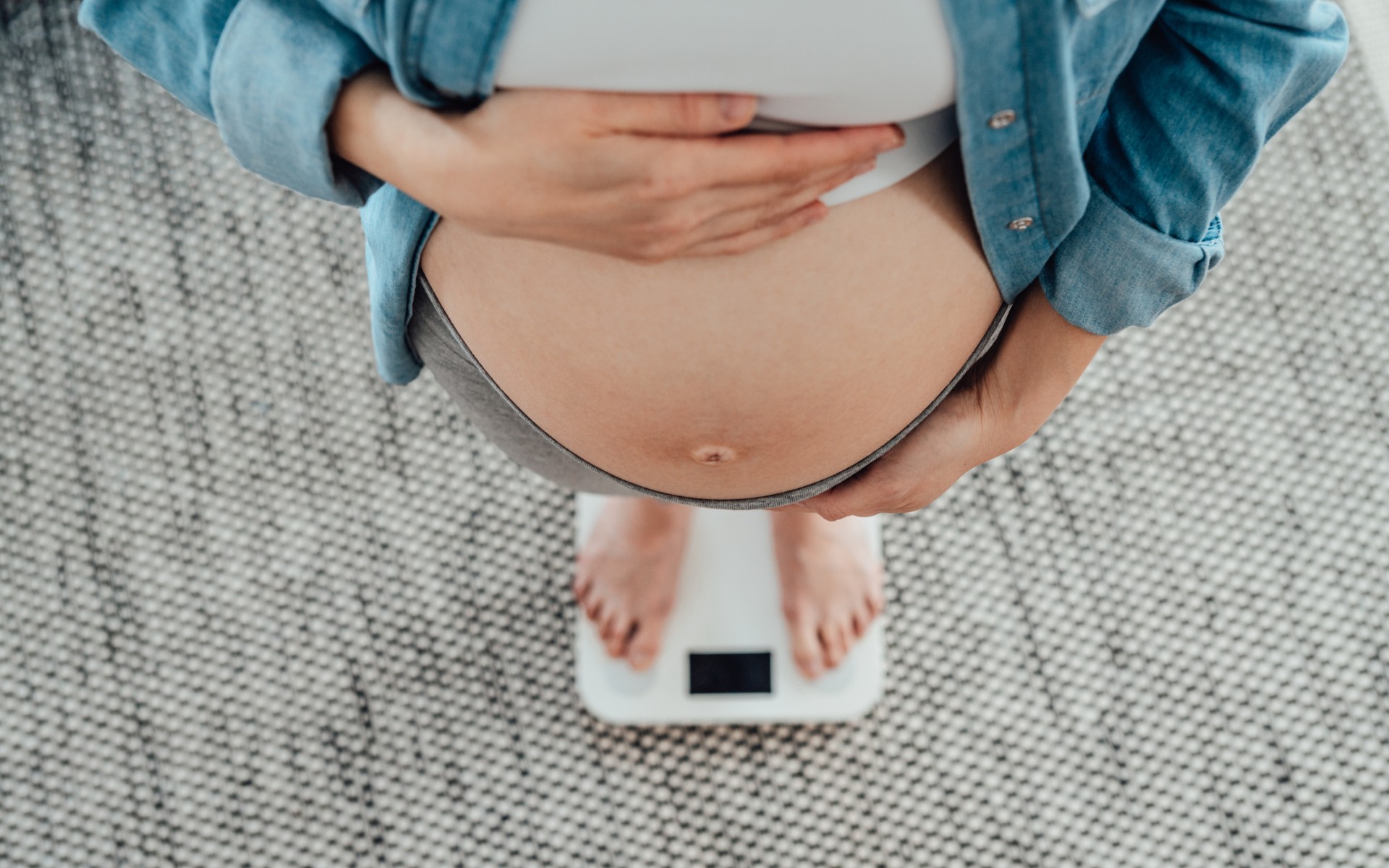 Stopping GLP-1s raises complicated questions for pregnancy
Stopping GLP-1s raises complicated questions for pregnancyThe Explainer Stopping the medication could be risky during pregnancy, but there is more to the story to be uncovered
-
 Tips for surviving loneliness during the holiday season — with or without people
Tips for surviving loneliness during the holiday season — with or without peoplethe week recommends Solitude is different from loneliness
-
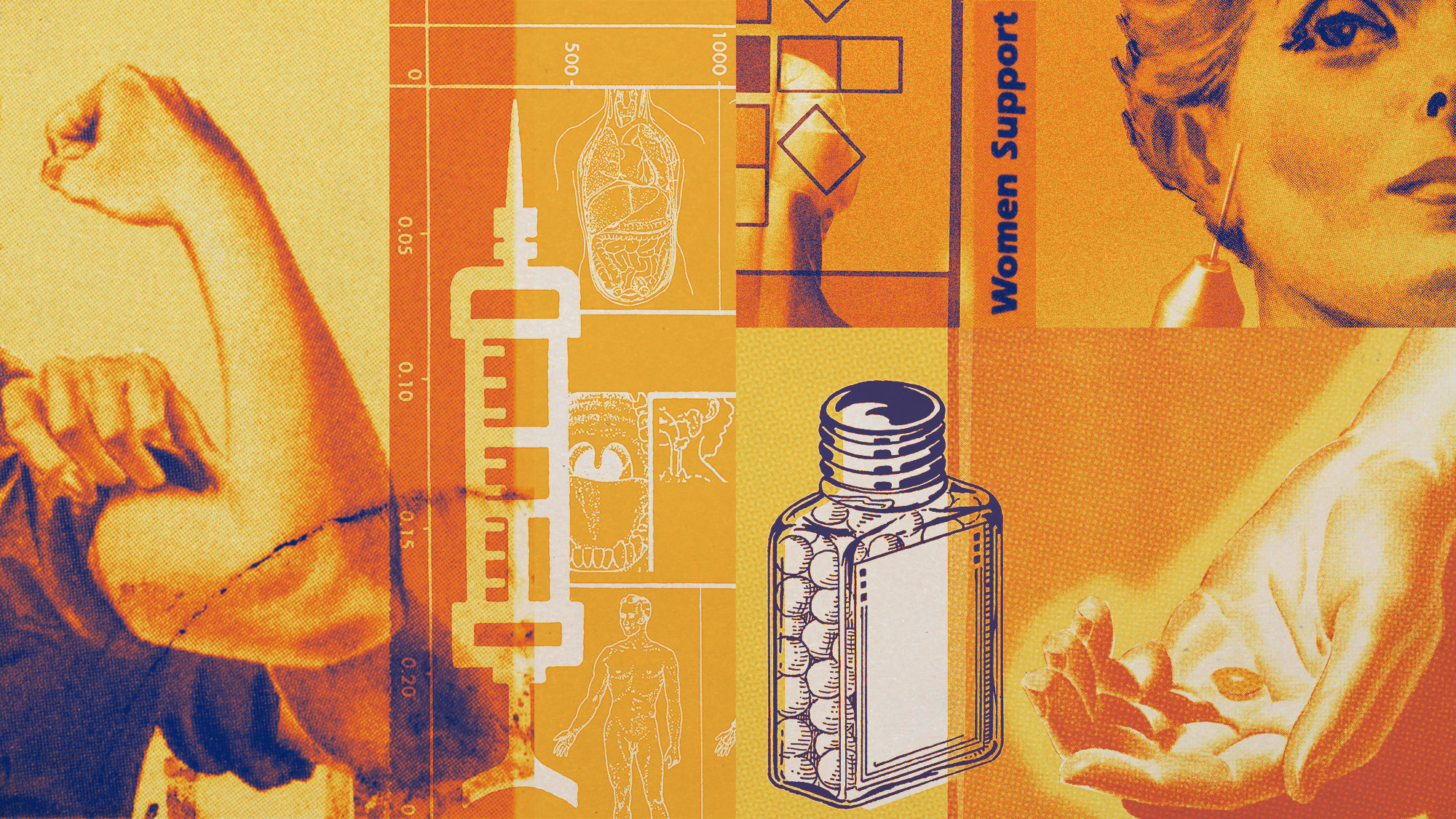 More women are using more testosterone despite limited research
More women are using more testosterone despite limited researchThe explainer There is no FDA-approved testosterone product for women
-
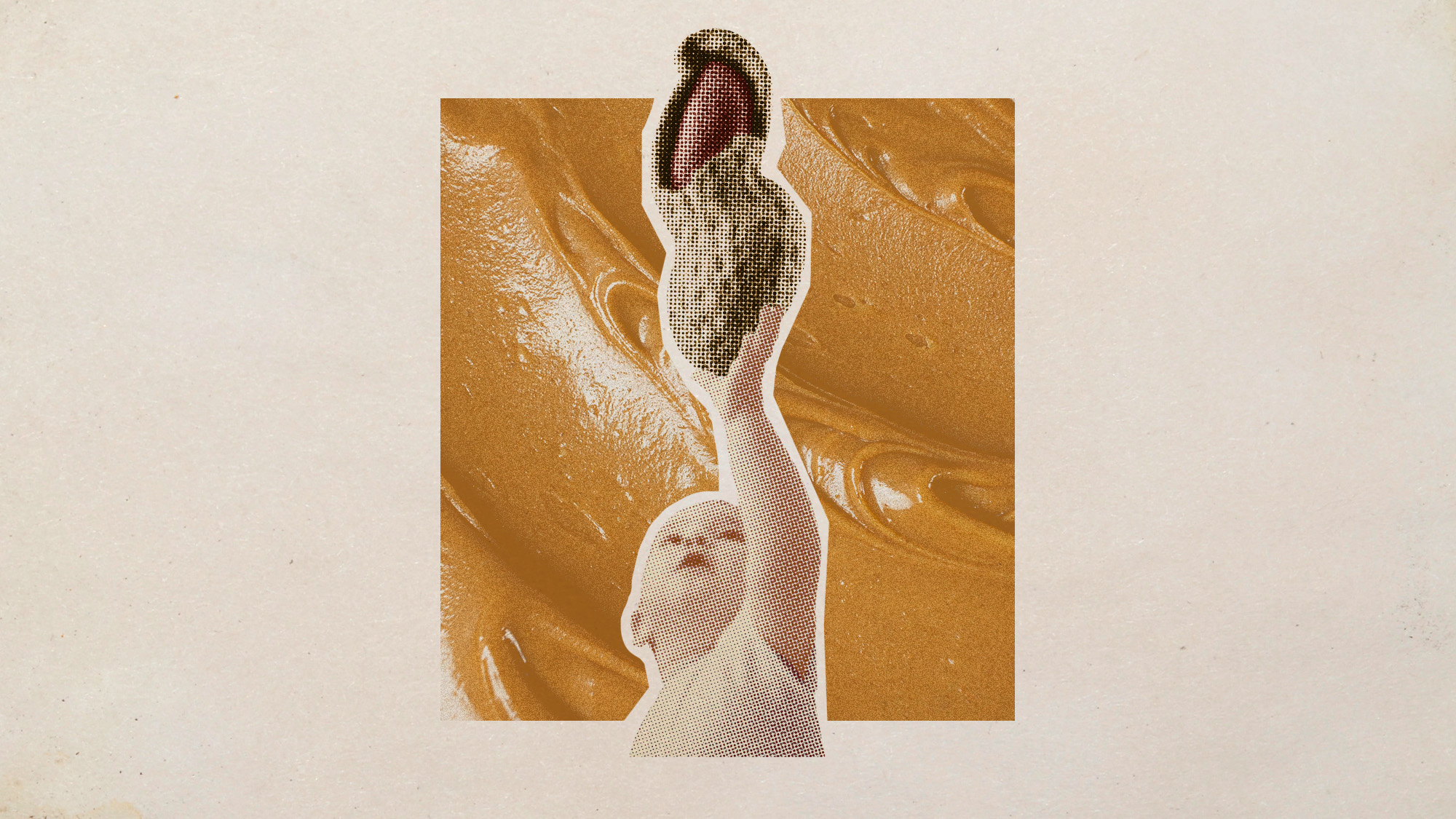 Peanut allergies have plummeted in children
Peanut allergies have plummeted in childrenUnder the radar Early introduction could be an effective prevention method
-
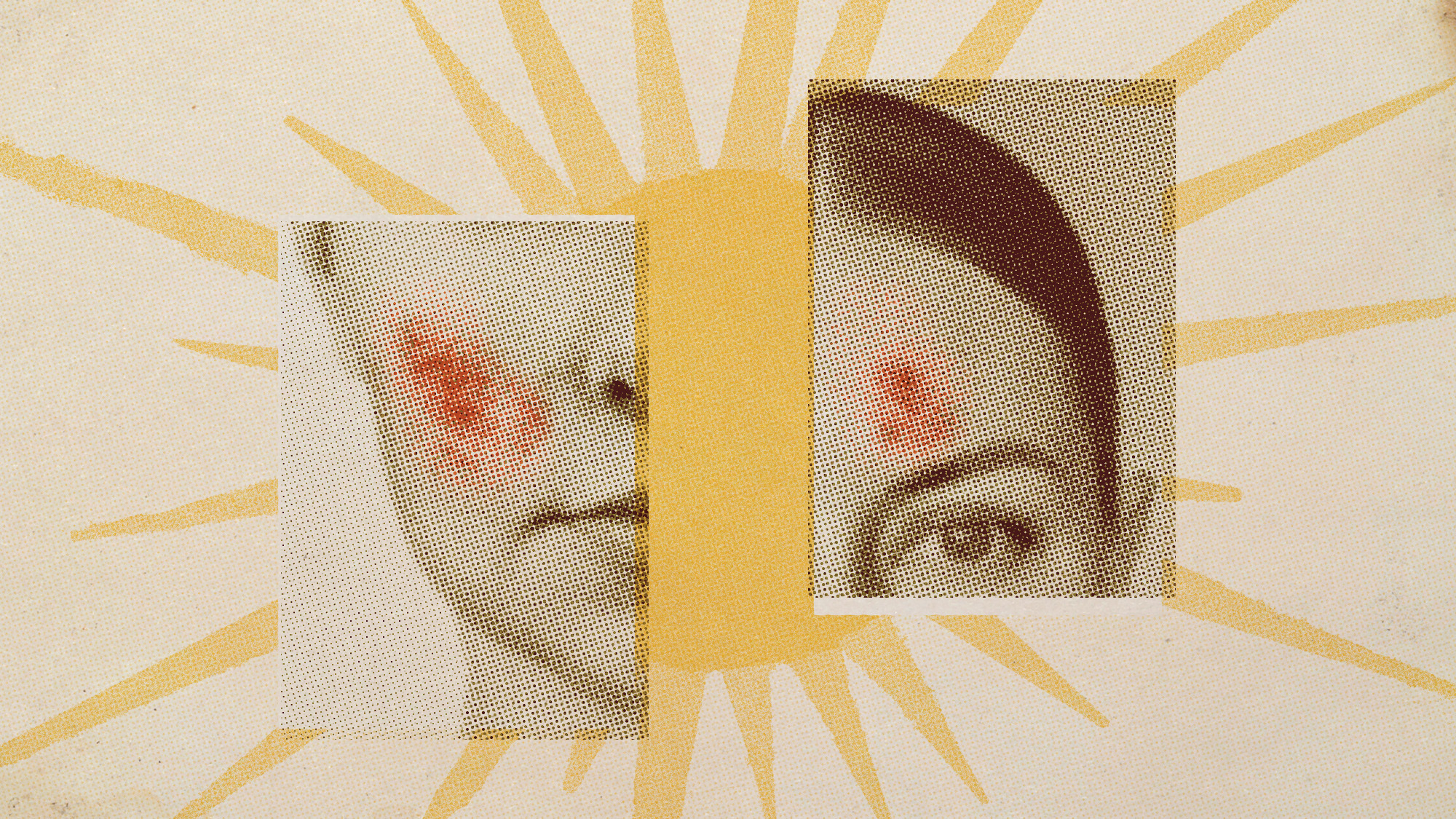 Climate change is getting under our skin
Climate change is getting under our skinUnder the radar Skin conditions are worsening because of warming temperatures
-
 FDA OKs generic abortion pill, riling the right
FDA OKs generic abortion pill, riling the rightSpeed Read The drug in question is a generic version of mifepristone, used to carry out two-thirds of US abortions
-
 RFK Jr. vaccine panel advises restricting MMRV shot
RFK Jr. vaccine panel advises restricting MMRV shotSpeed Read The committee voted to restrict access to a childhood vaccine against chickenpox
-
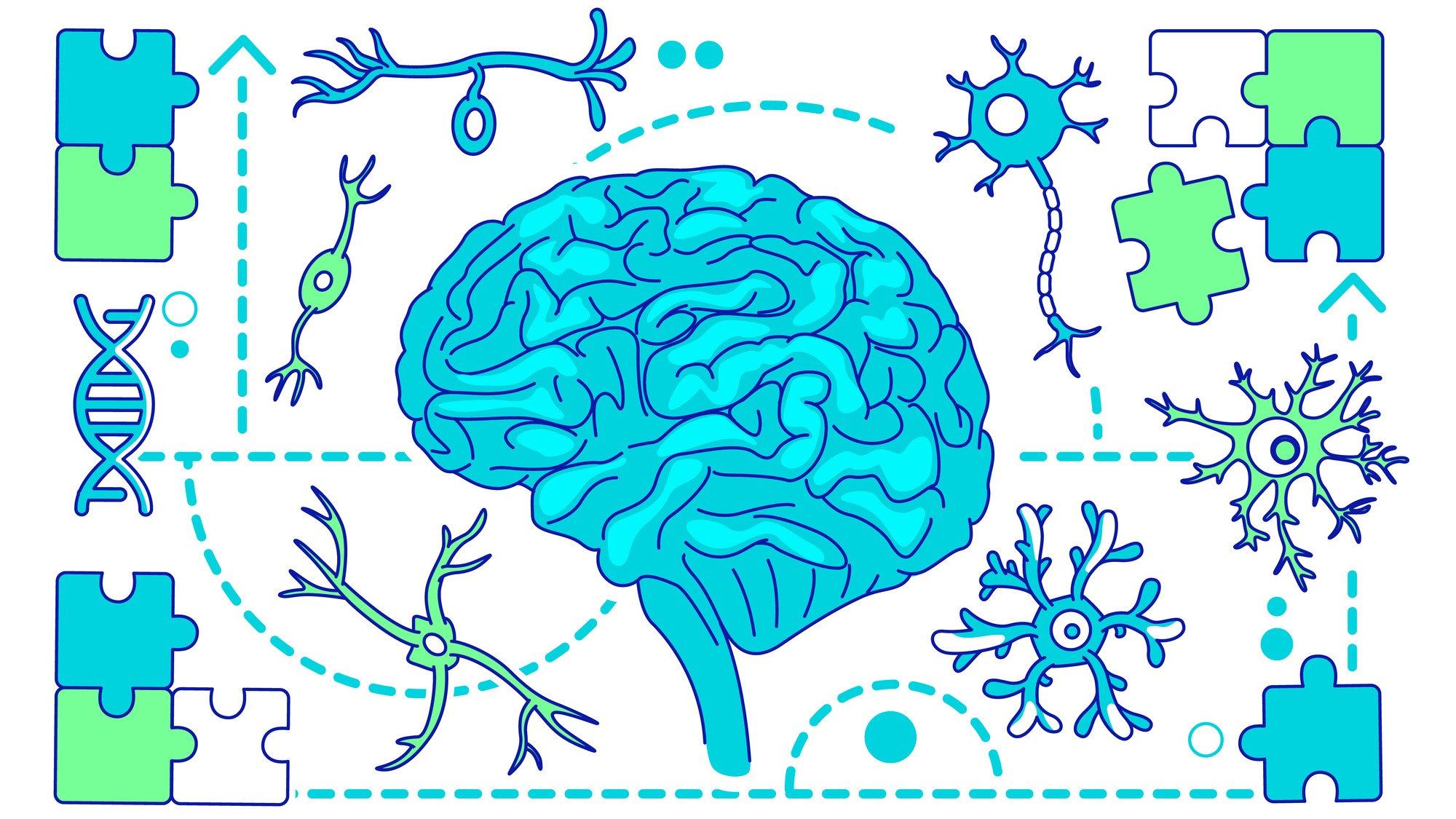 Human evolution may be responsible for autism rates
Human evolution may be responsible for autism ratesUnder the radar Neurodiversity and a complex brain may go hand in hand
